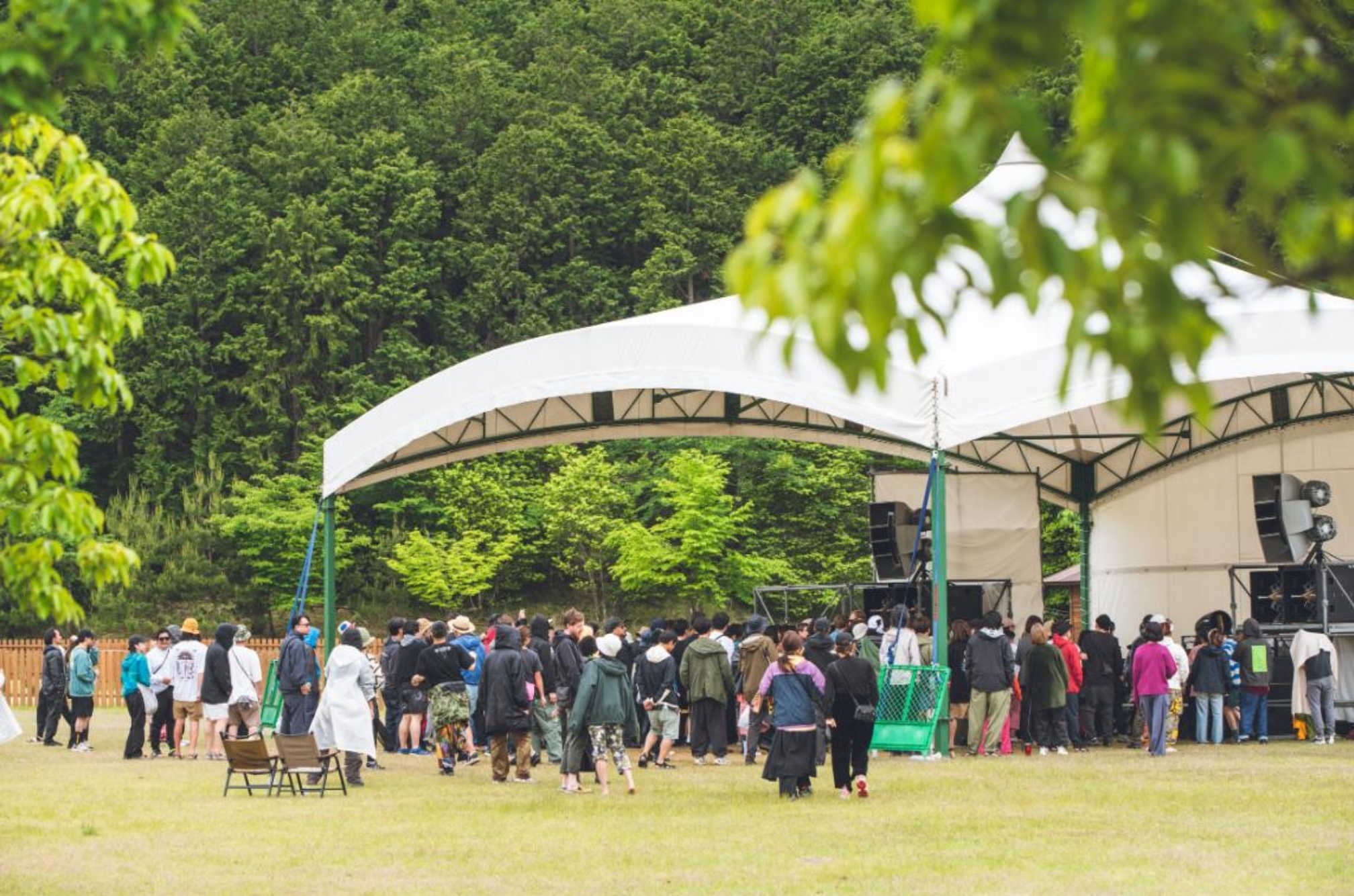 Features
Features
How Star Festival defied Japan’s Dance Ban Law and thrived
Elle Katayama chats with founder Yoshioka Toyokazu on the Osaka & Kyoto-based festival’s rebellious roots, turning restrictions into innovation against “Fūeiho” law
In the heart of Japan’s underground music scene, Star Festival has become a beacon of creativity, introducing both global and Japanese artists to an ever-growing audience.
From DJ Shadow and Goldie to Peggy Gou’s first-ever Japan performance, the festival has consistently pushed boundaries. Held twice a year—once in Kyoto’s summer mountains and again at Creative Center Osaka, a repurposed shipyard—Star Festival has cemented itself as a cultural mainstay, known for its eclectic line-ups and immersive settings.
When I first attended Star Festival’s 2019 year-end edition in Osaka, I was struck by its energy. The event felt like and was called a collective “bonenkai” of Osaka— a Japanese tradition of year-end gatherings to “forget” the past.
The festival brought together the city’s club scene under one roof, with three distinct dancefloors: Black Chamber for techno, Red Flame for dance music, and Studio Partita for live music performance.
One standout performance in my first experience of Star Festival came from J-rapper Yuki Chiba (formerly known as KOHH), who recently further expanded his fame globally from his international collaboration with Megan Thee Stallion. Many—myself included—sprinted across the venue to catch his set.
Witnessing this energetic atmosphere, I decided to attend the summer edition in Kyoto the next year, held in the serene ‘Fumin no Mori’ (“Citizen’s Forest” which can also sound like “A Sleepless Forest” in Japanese). Here, the festival’s focus shifted from a line-up attracting both Gen Z and the Millennials to soundscapes that complemented the natural surroundings, with past line-ups featuring DJ Marky, Soichi Terada, CLIPZ and Craig Richards.
Curious about the festival’s origins, I sat down with its founder, Yoshioka Toyokazu aka Toyo, to learn how it all began.
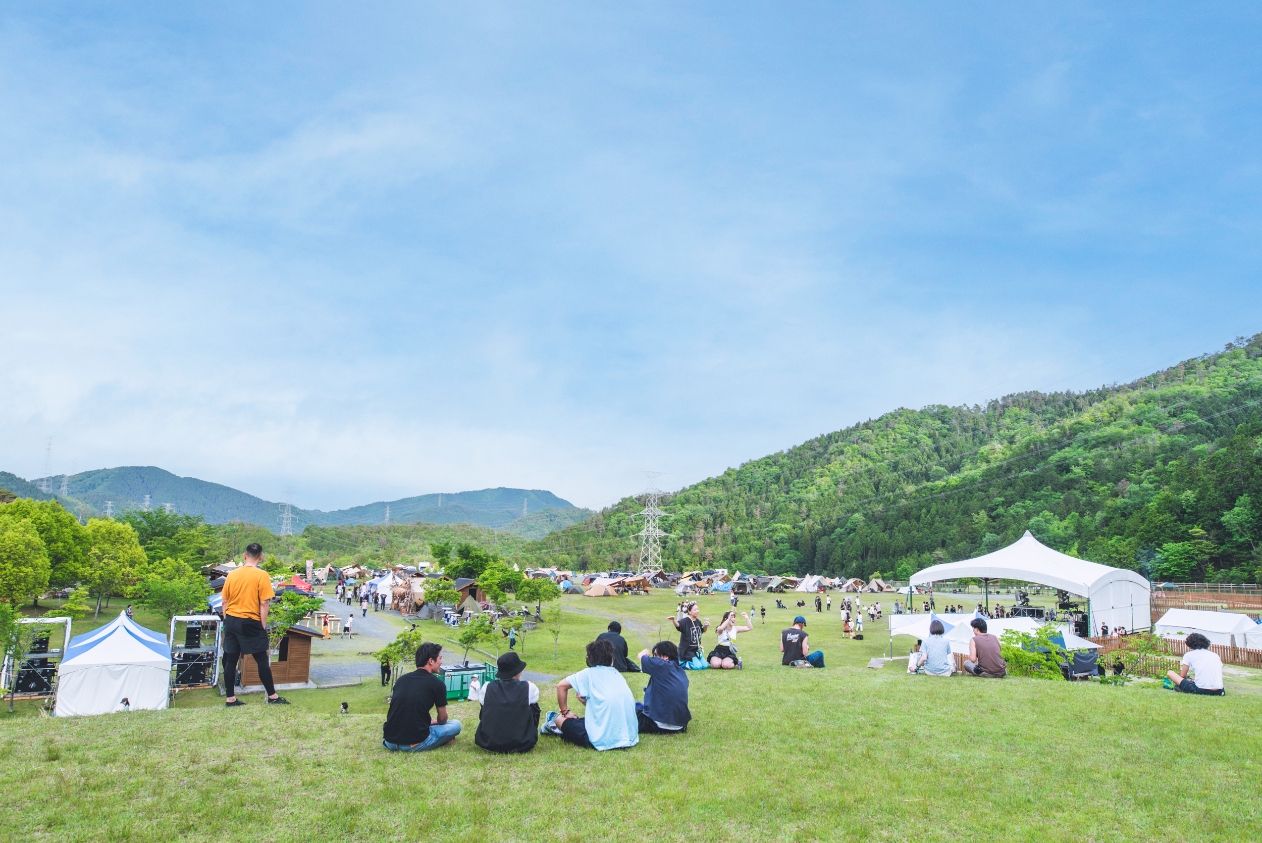
Star Festival’s roots trace back to Triangle Osaka, where annual events on July 7—Tanabata, Japan’s festival based on folklore. Featuring “star” DJs like Roni Size and DJ Krush and with over 600 attendees, its success inspired a move to the outdoors, driven by a more pressing factor: Japan’s notorious “Fūeiho” law (entertainment business control law), which restricted nightclub dancing and led organisers to seek legal alternatives.
Also known as the “Dance Ban Law”, it caught attention from across the globe before its repeal in 2015. For over 30 years, Japan’s nightclub industry struggled under the restrictions of “Fūeiho”, a law originally enacted in 1948.
Read this next: Bold, visionary, resilient: why MUTEK.JP is seen as a beacon for audiovisual innovation
The “Fūeiho” law was originally enacted as the Act on the Regulation of Entertainment Businesses on July 10, 1948. Before World War II, businesses subject to regulation under the current law, as well as a broader range of entertainment-related establishments, were monitored and controlled by the police under regional ordinances.
These regulations extended beyond the scope of the current “Fūeiho” law to include businesses such as inns and public bathhouses, not only from the perspective of public morality and safety but also from a hygiene standpoint.
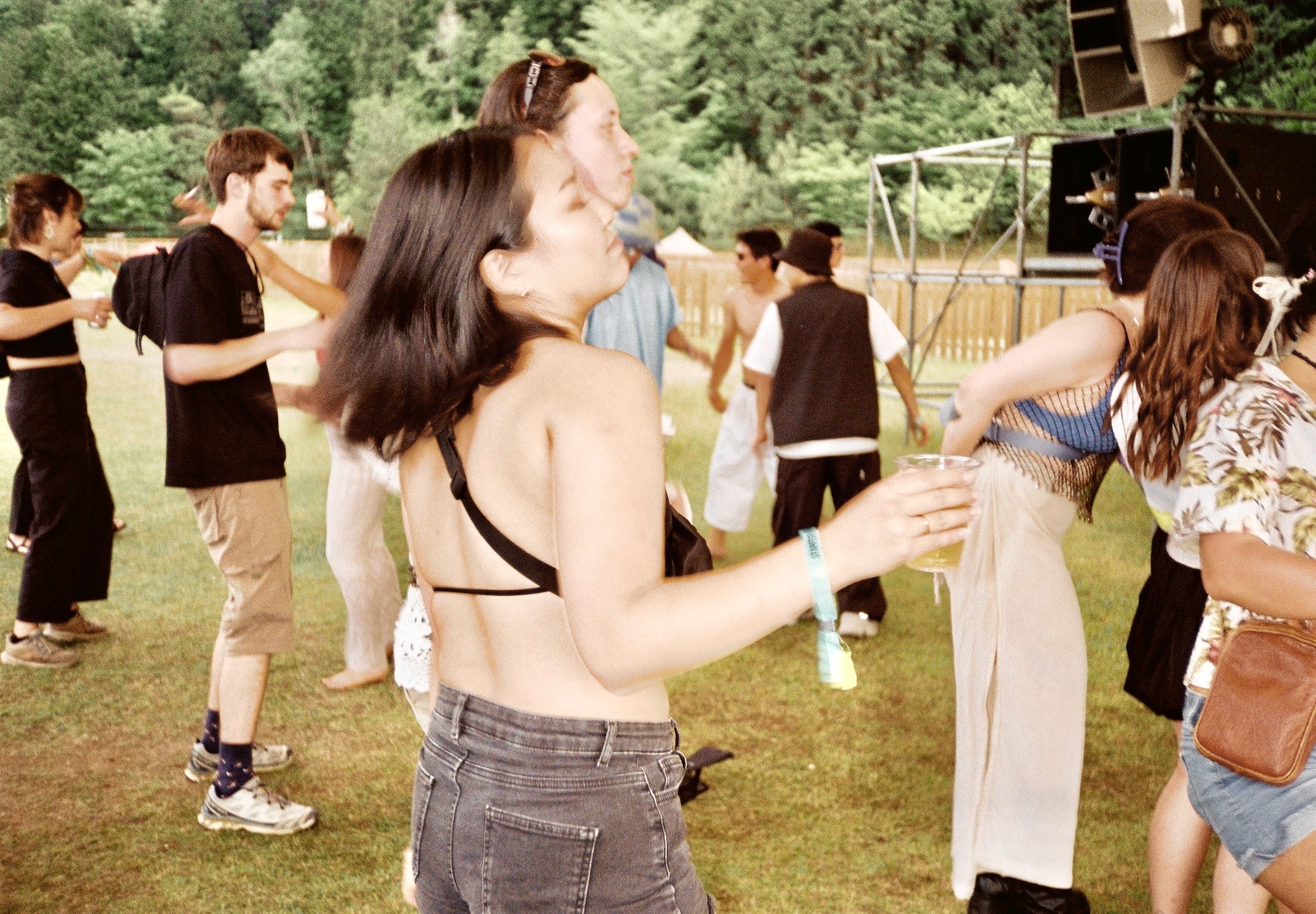
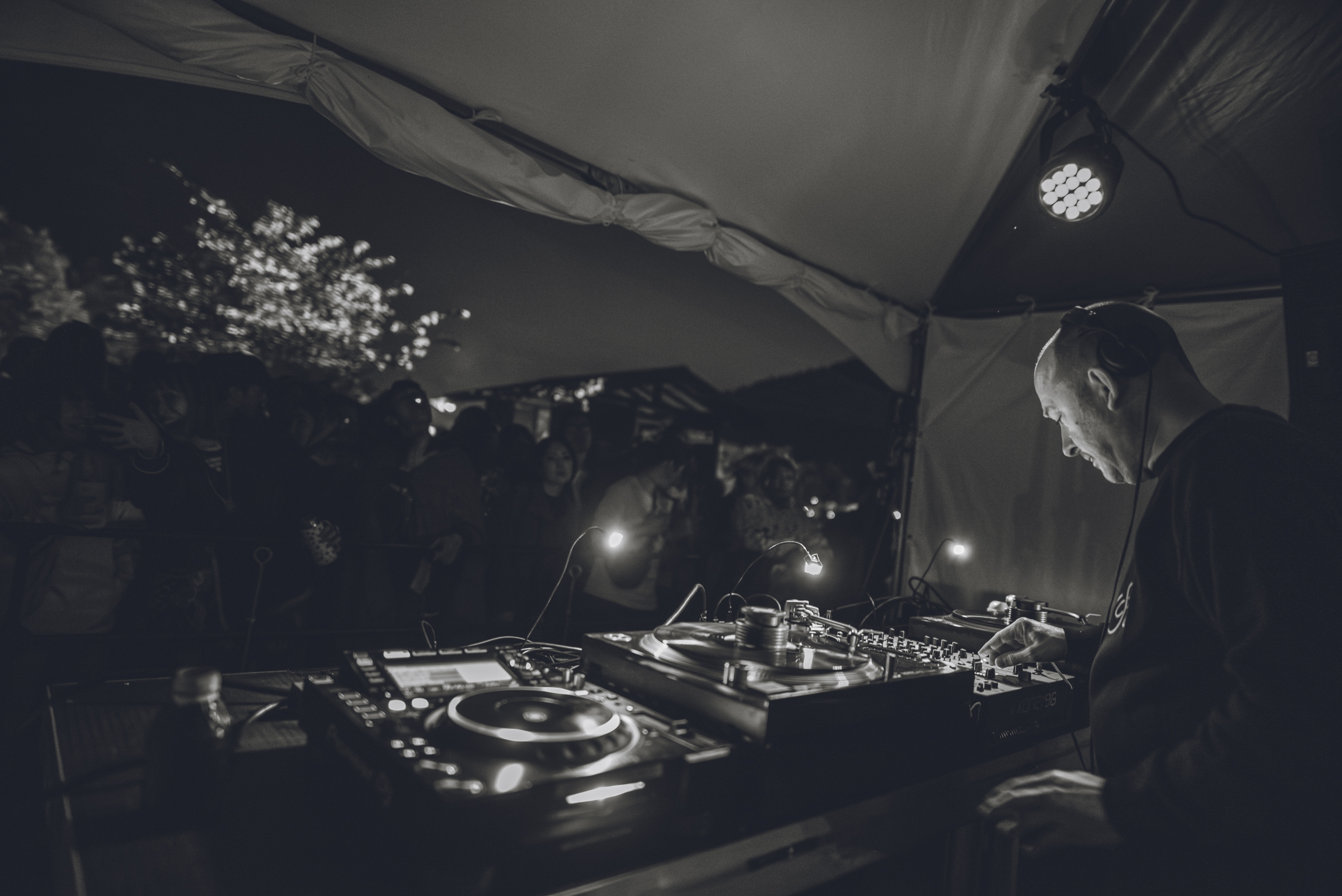
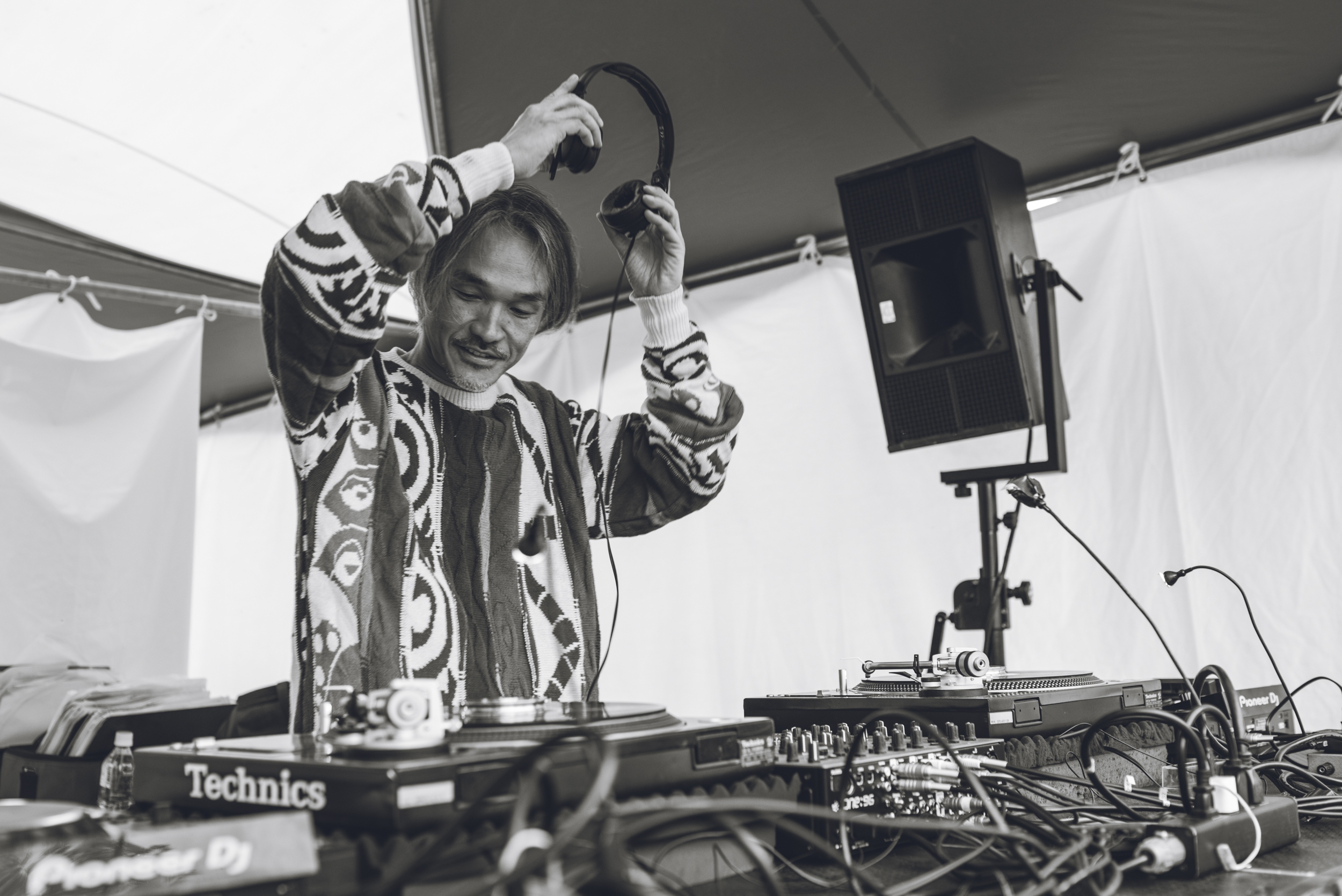

Read this next: The Top 25 Artists To Watch In 2025
With the enactment of Japan’s new Constitution on May 3, 1947, these regional ordinances were rendered invalid. However, issues related to public morality and disorder remained a significant concern in society. Consequently, the police retained authority over certain businesses, primarily to prevent crimes related to prostitution and gambling. Initially, the law imposed regulations on three types of businesses:
1. Tea houses, restaurants, and cafés where customers were entertained by hostesses and engaged in amusement or dining.
2. Cabarets, dance halls, and other establishments where customers were allowed to dance.
3. Billiard halls, mahjong parlours, and other gaming facilities that could incite gambling tendencies.
These businesses were classified as “Fūzoku Eigyō” (entertainment businesses) and became the focus of regulation under “Fūeiho” law, the Dance Ban law.
The concept of "preventing moral crimes" was widely interpreted from the beginning. For instance, it was suggested that local ordinances could impose restrictions on the location of businesses near schools to prevent undesirable influences.
Read this next: Excursions: Celebrating 5 years of FULLHOUSE redefining Japan’s club scene
Additionally, regulations could set minimum age limits for hostesses in hospitality-related establishments. These principles, established in June 1948, have remained largely consistent throughout the “Fūeiho” law’s history.
Dance halls, at the time, were known to be associated with prostitution, leading to their classification as “Fūzoku Eigyō” and the regulation of dancing itself.
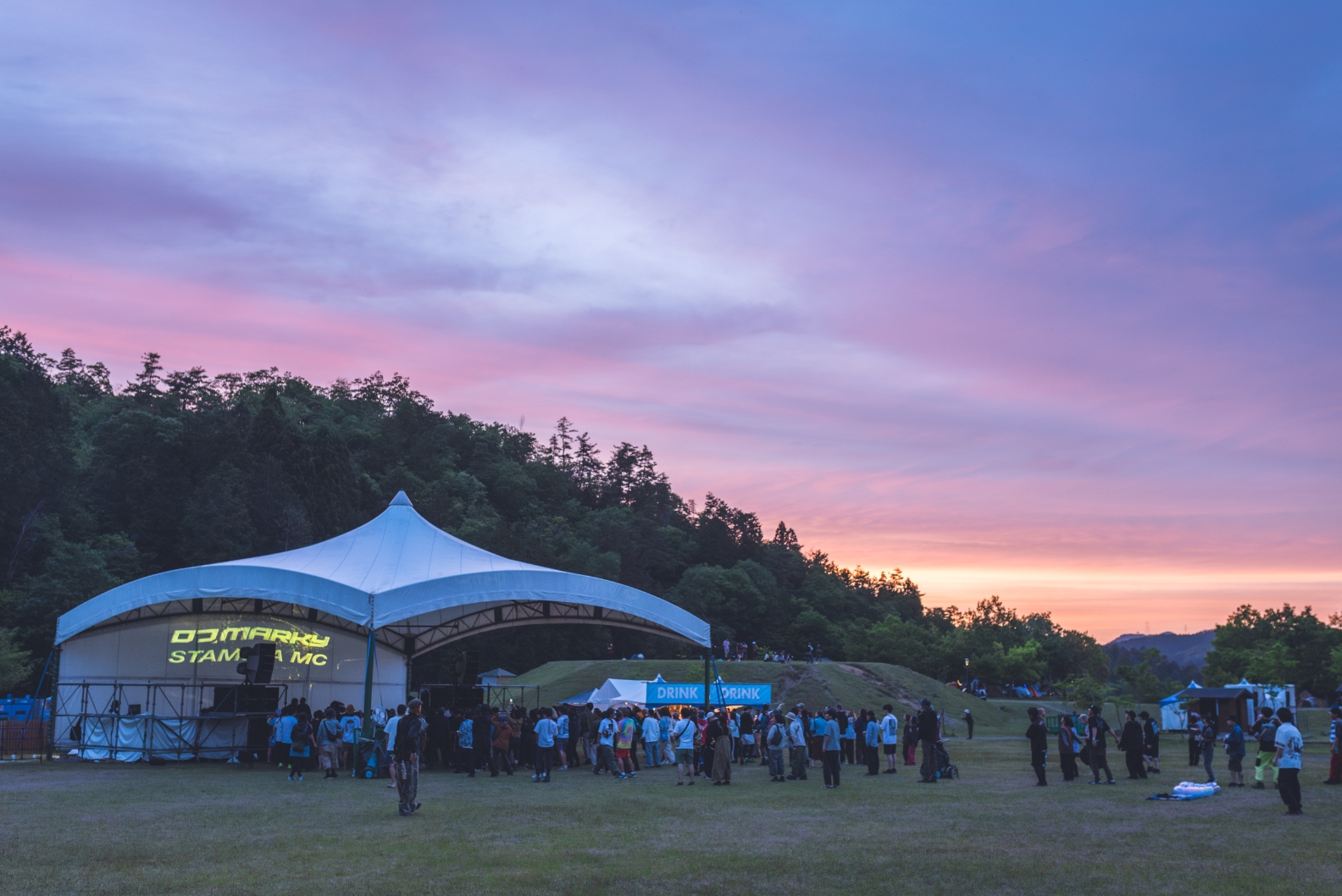
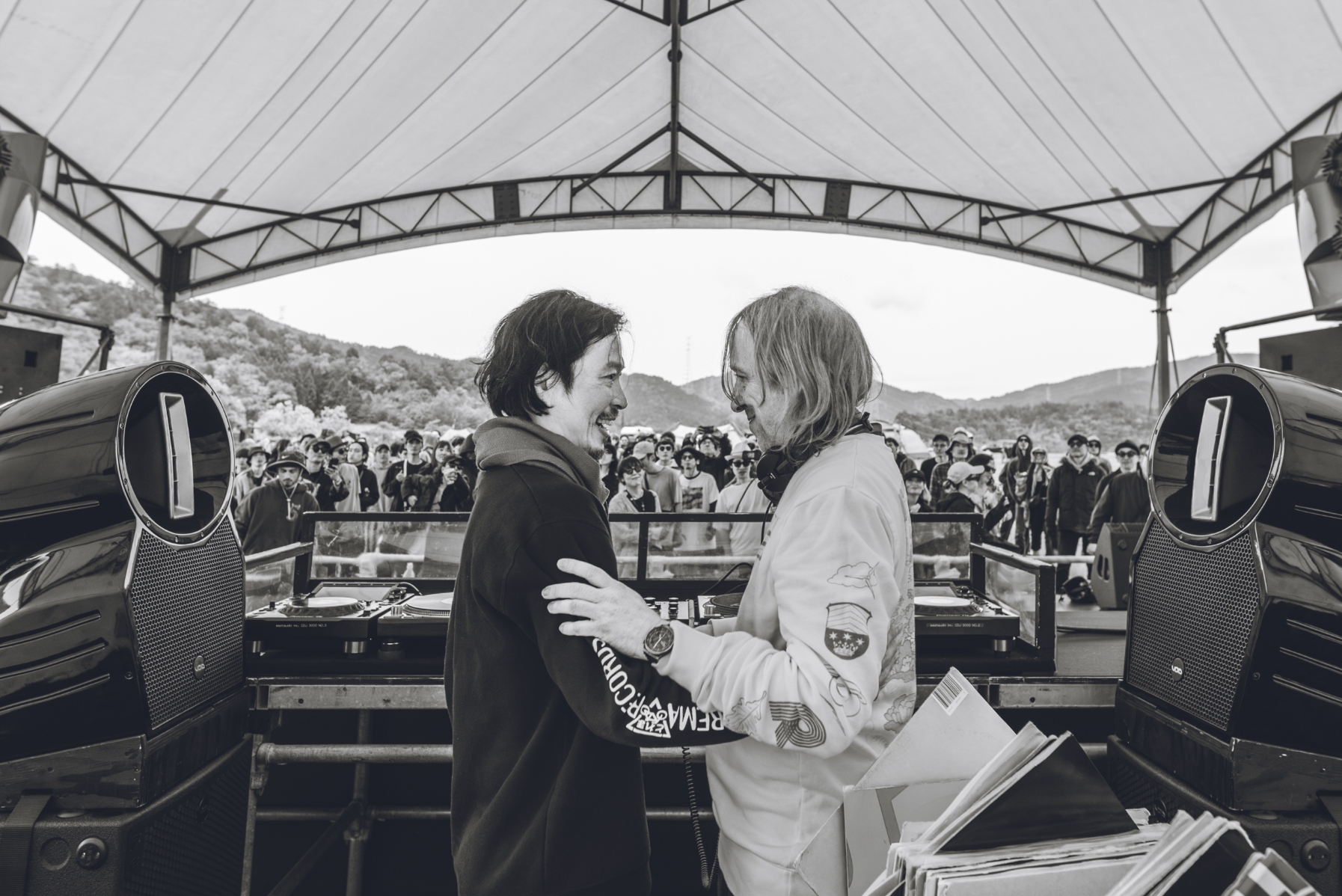
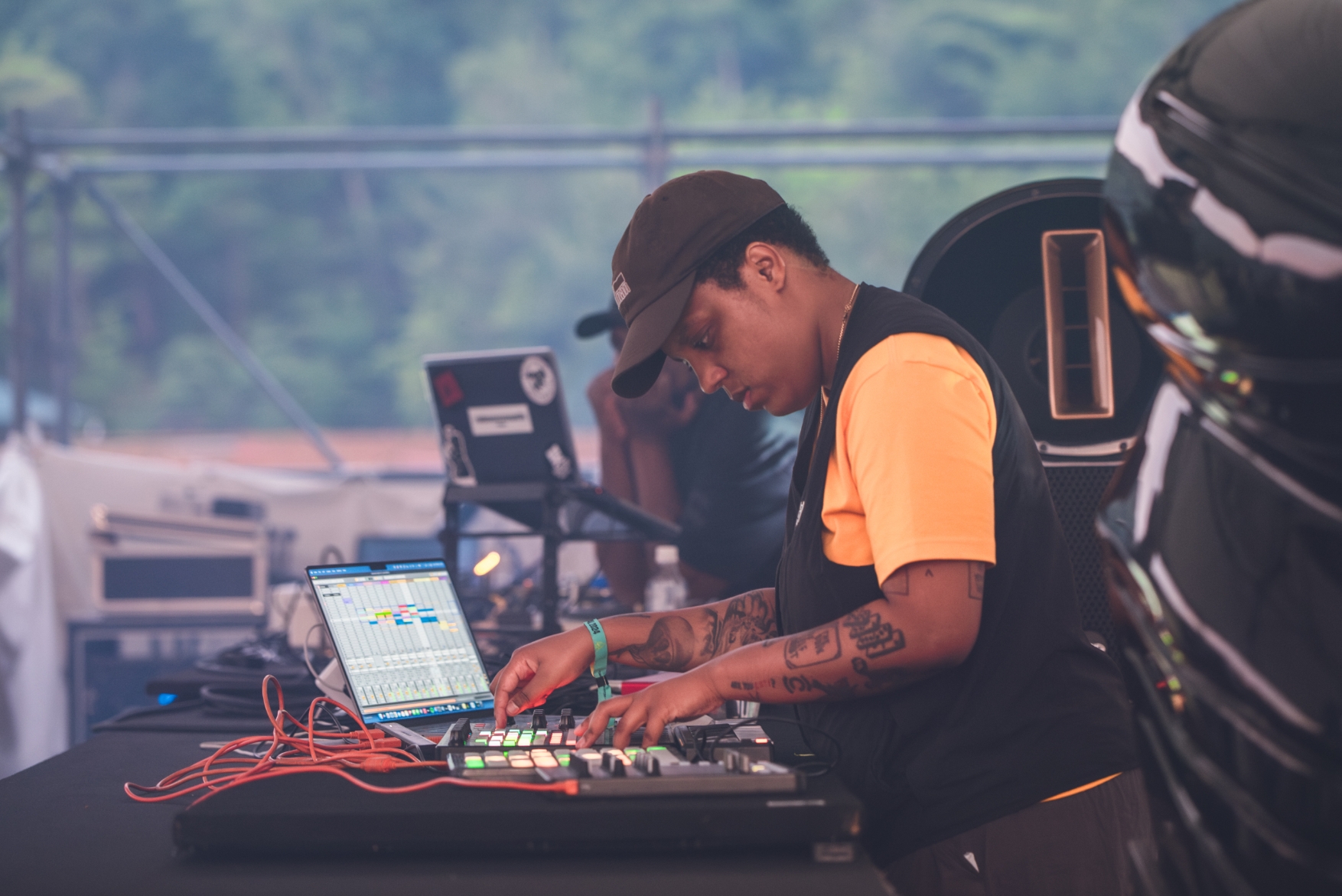
Over the years, the “Fūeiho” law has been revised more than 30 times, expanding its scope to regulate additional businesses, while also making certain exemptions and removals to adapt to changing social conditions.
A key amendment in 1984 made it illegal for clubs to allow dancing without a special license, effectively suppressing Japan’s electronic music and underground club scenes. Many venues operated in legal grey areas, either by disguising themselves as bars or lounges or by relying on unofficial agreements with local authorities.
Worst case, due to these regulations, restrictions on operating areas, lighting levels and size have forced some nightclubs to close down or relocate.
Crackdowns became more frequent in the 2000s and early 2010s, with high-profile cases like the 2010 raid on Osaka’s nightclub, NOON, that charged the club with “allowing approximately 20 people to dance on its premises ‘without permission’”.
A documentary titled SAVE THE CLUB NOON was made, capturing the hardships of the nightclub industry around the lawsuit case of NOON.
Read this next: AMAPINIGHT is heating up Japan with amapiano, dance, and gyaru spirit
The enforcement of the “Fūeihō” law continued to intensify, targeting nightclubs and effectively banning indoor dancing in certain contexts, forcing organisers to rethink their approach, and leading them to embrace outdoor venues where the law’s restrictions didn’t apply.
Toyo was one of the targets of the authorities around that time. He recalls and laughs about when he was followed by the police and asked to go to the station with them for investigation as the management staff of the previous club where he used to work.
Observing the industry's landscape and his position in it, Toyo felt constrained by societal pressure and public bias against nightclubs. Realising the need for change, he quickly adapted his approach to keep the parties alive.
“I mean, there are no laws that restrict a person who wants to dance outside,” says Toyo. “It was a perfect timing and for our best interest.”
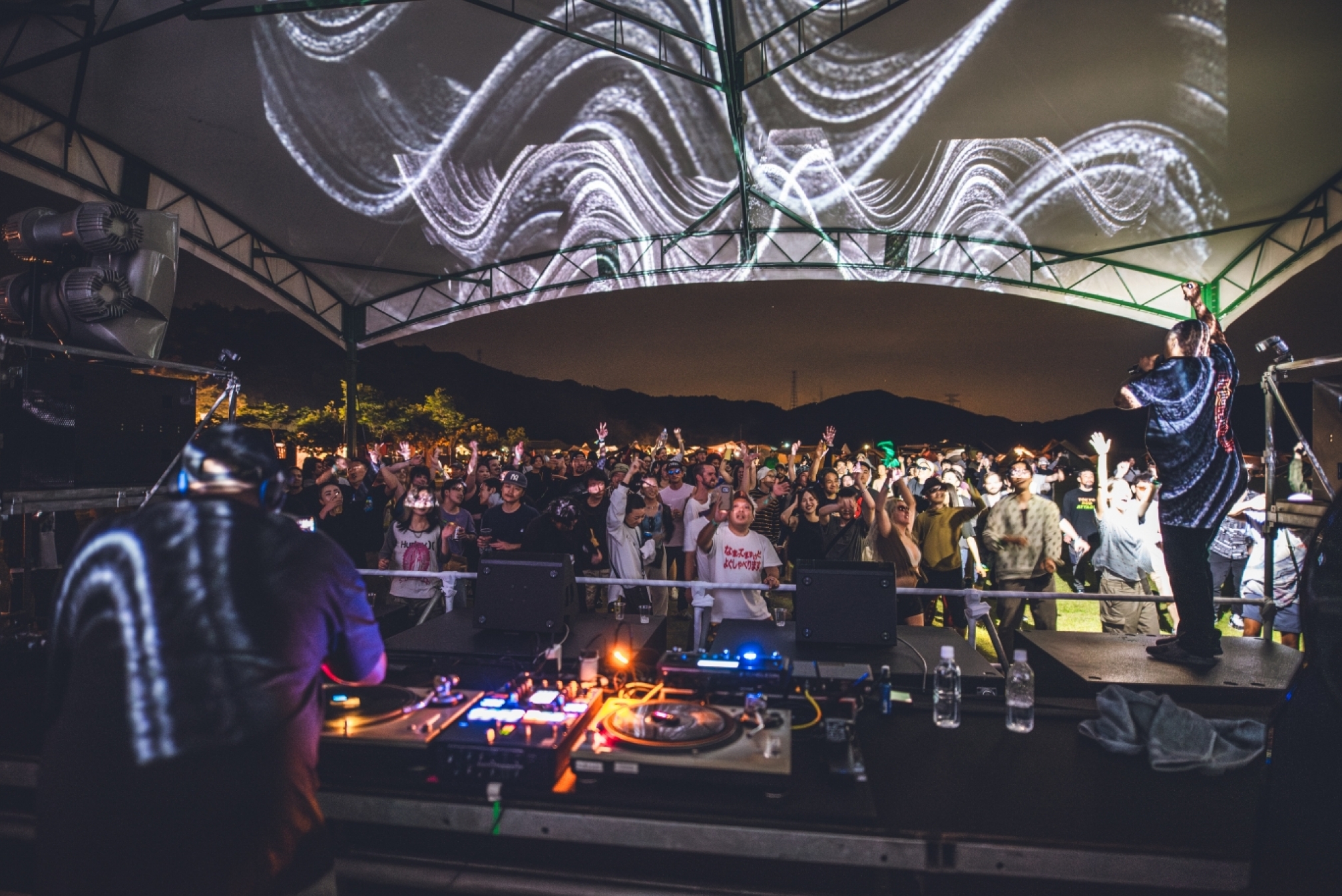
Reflecting on its unconventional beginnings, Toyo shared, "The dance ban law, for better or worse, helped us to create this festival. It forced us to think outside the box and find a way to keep the music alive."
According to Toyo, Star Festival was born in a turbulent era for Osaka’s Amemura district, where nightclubs were concentrated. Known for its vibrant but chaotic nightlife, the area was rife with street fights and tensions between clubs and residents heightened.
Read this next: Megatronic redefines what it means to blend artistry with activism
He recalls, “Back in those days, there were incidents that happened in the streets of Amemura and even inside the clubs which you can never imagine happening in today’s Osaka. In addition, some clubs were actually organising events disorderly, so I don’t really blame the citizens and the police forces for viewing nightclubs as the ‘root of evil’.”
While Toyo refrained from sharing the grittier details, his stories were in fact unimaginable from what I personally see and experience from the nightlife in Osaka today. However, it was clear that Star Festival’s inception provided a much-needed, legally safe space for music lovers. Over the years, it has evolved into a platform for both global headliners and emerging Japanese talents like Stones Taro, SAMO, and PAL.Sounds.
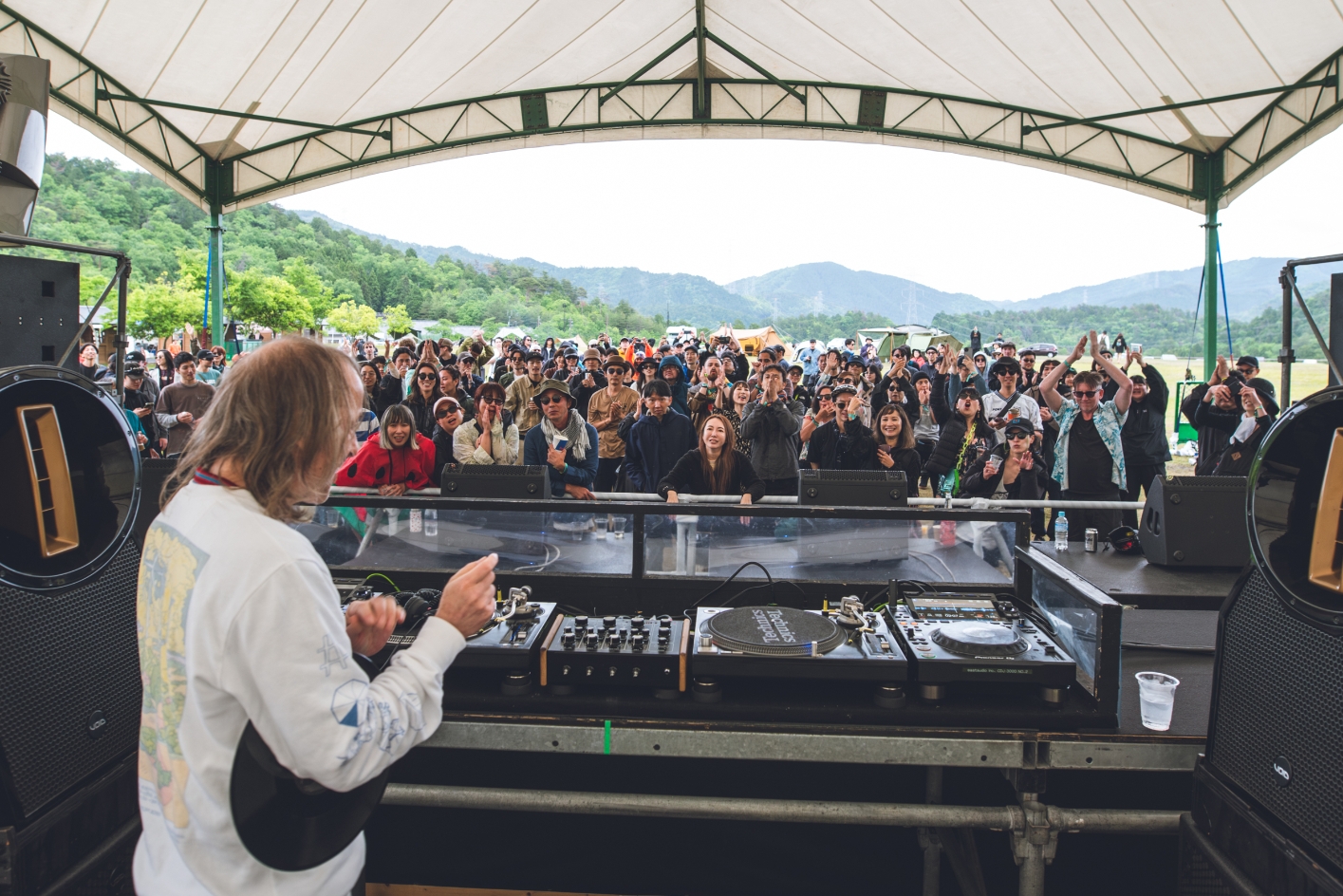
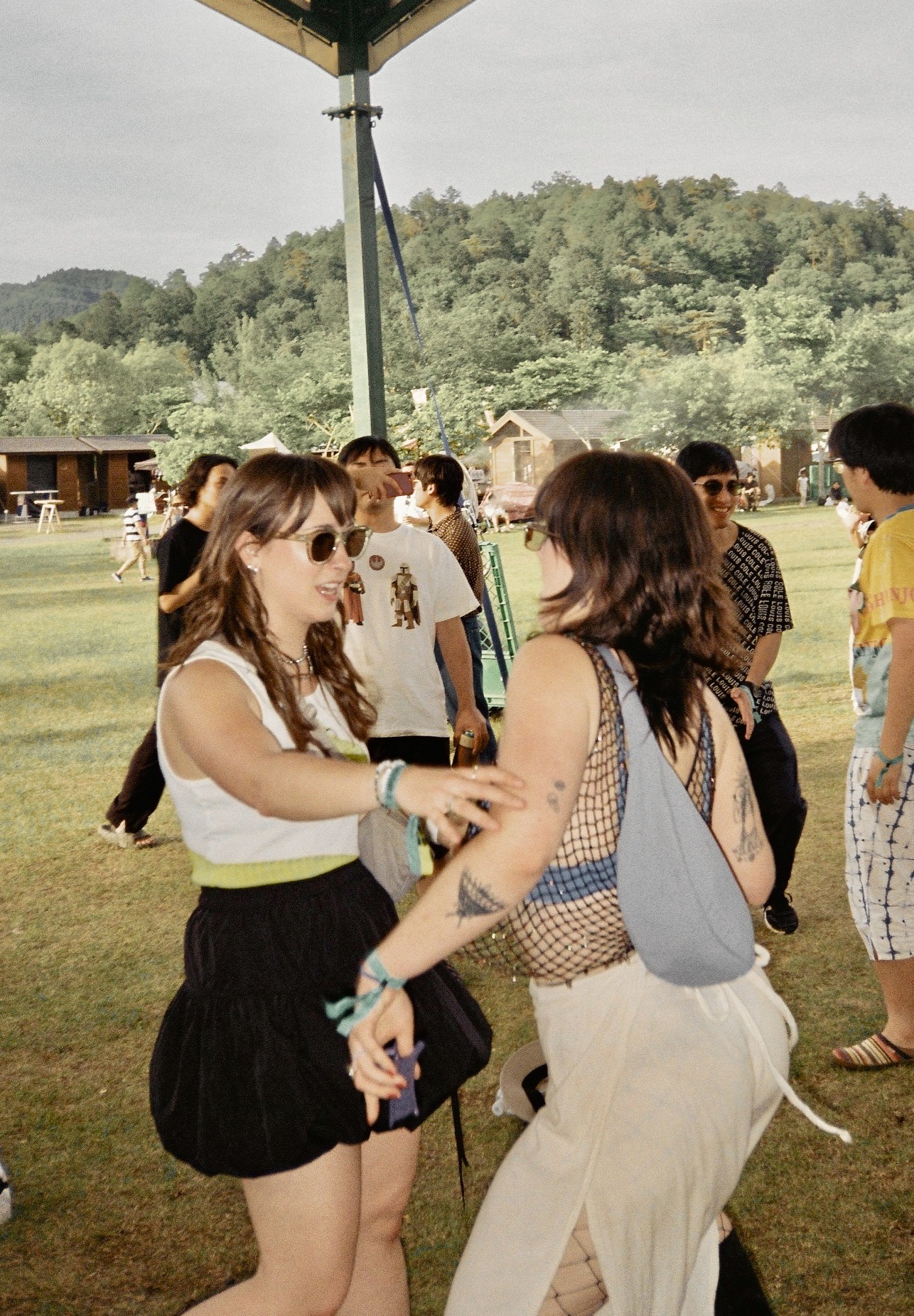
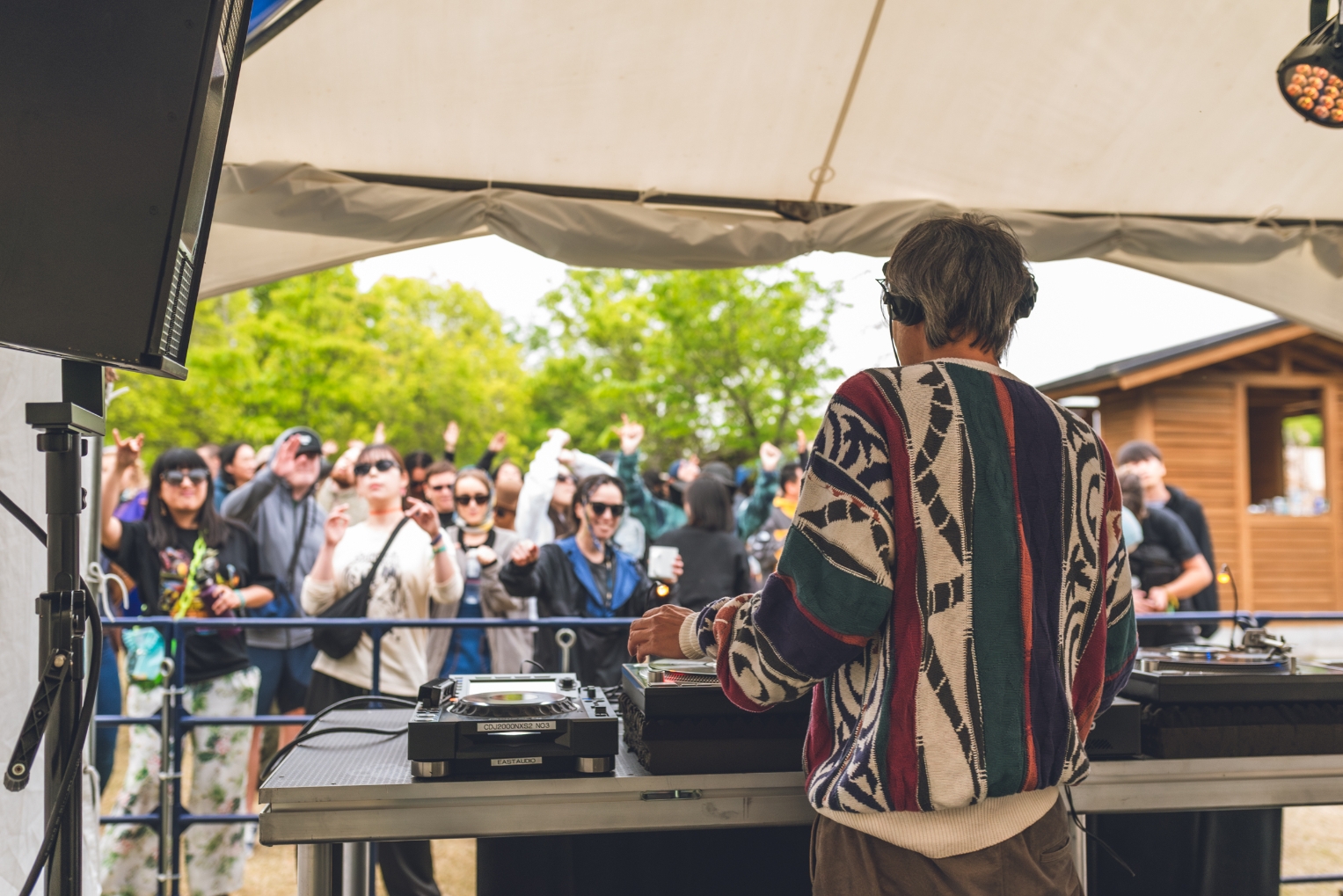
As Star Festival approaches its thirteenth year, the team is focused on adapting to the post-pandemic landscape. While attendance has yet to fully recover to pre-COVID–19 levels, the organisers are committed to re-arrange their operation.
Plans for 2025 include a reimagined festival experience designed to bridge the gap between generations and attract new audiences. Toyo emphasises his and his team’s responsibility as festival organisers to show new sceneries to the younger rave lovers within the Japanese underground scene.
Read this next: A recollection of unexpected finds & slices of serendipity at Wonderfruit 2024
"It’s not just about bringing in big names; it’s about creating a space where different generations and styles can coexist and create something bigger from Japan. That’s how we can keep it fresh and meaningful for the culture and in a bigger picture, to invest new and unique inspirations into this industry. In the UK for instance, as their society is built upon various communities with various backgrounds and cultures, multiple genres naturally merge into festivals which I also dream for Star Festival to challenge. We have curated heavily based on house, techno, and drum’n’bass, but I also think there are possibilities for other genres like roots reggae for example."
Even to this very day, many young Japanese festival-goers are still unaware of Star Festival’s origins or Osaka’s once-chaotic nightlife. Drawing inspiration from global events like Notting Hill Carnival and visionaries like Craig Richards, the festival continues to push boundaries—what began as a workaround to a restrictive law has become a celebration of freedom, creativity, and inspiration.
As Star Festival moves into its next chapter, it stands as a powerful reminder that even in the face of adversity, art and culture will always find a way to thrive.
Elle Katayama is an intern writer for Mixmag Asia, follow her on Instagram.
Images courtesy of SKINNY & Ellie Aoki
Cut through the noise—sign up for our weekly Scene Report or follow us on Instagram to get the latest from Asia and the Asian diaspora!


